Dog Anal Glands: How to help your Dog
Have you ever washed your dog, scrubbed it well to remove the remnants of the rolling-in-the-dirt afternoon fun, and found they still reeked of fish or metal? The good news is that the cause of this odour might be easily found, and the bad news is that it may require medical intervention. So today, we talk about dog anal glands.
Anal Glands, Anal Sacks: What Are They?
Technically speaking, what we refer to as anal glands is a region that consists of anal glands, circumanal glands, and small, kidney-shaped anal sacs. They are located on either side of the dog's anus and contain oil and sweat glands. It is here that the unpleasant smell, which people often describe as a mixture of metal and rotten fish, is created, and it enters the stool in the form of a foul-smelling liquid when the dog poops.
Anal-sac secretion consists of many elements which create this unique odour. Scientific research has confirmed the presence of desquamated keratinocytes, material from sebaceous and apocrine glands, proteins and lipids, as well as bacteria and yeasts. And all this for a good purpose.
Why Do Anal Gland Secretions Smell?
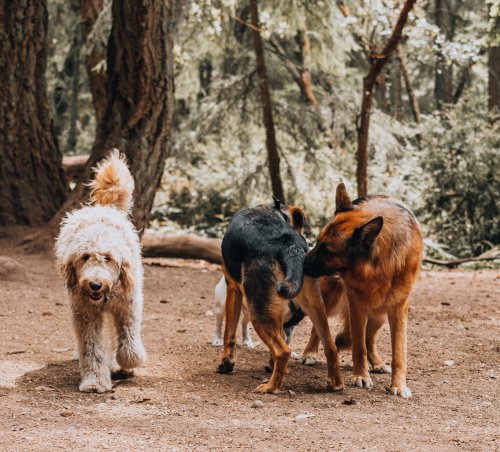
It's well-known that many dogs enjoy marking with urine, but they also do it with their poop. Anal glands are responsible for creating each dog's unique scent, whose role is similar to human fingerprints—it's their unique trait that differentiates them from other dogs.
In their scientific study, A.M. Lake and a group of authors described the colour and consistency of anal gland secretions in normal dogs. It varies in colour from yellow to grey to brown, and the consistency can be liquid to viscid to pasty, and may be granular or flecked with solid material. As scientists Peters and Merch described in their 1975 research, these substances mainly exist as specific olfactory signals connected with territorial scent marking in wild and domesticated canids.
If you are a dog owner or have ever watched the interaction of two dogs, you must have noticed that they very often sniff each other's bums when meeting or greeting. With this behaviour, they sniff for the unique scent of their canine friend to distinguish it from others and offer their butt for the purpose of the same recognition. However strange, this practice suddenly makes a lot of sense, too, doesn’t it?!
Common Anal Gland Issues
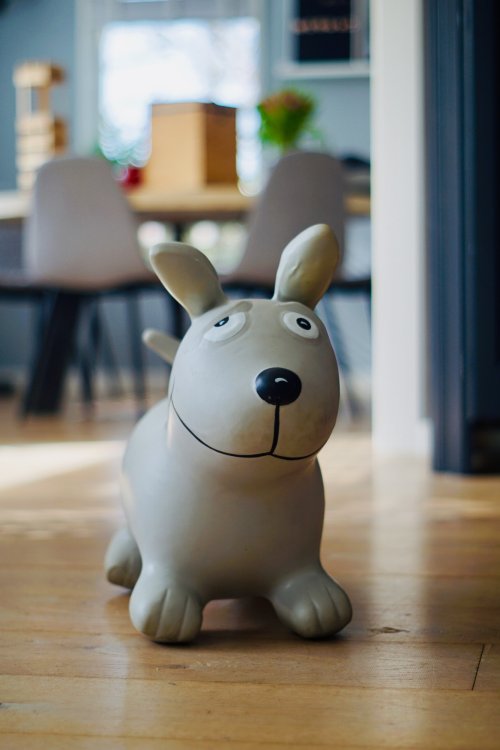
Under normal circumstances, during defecation, dogs naturally express their glands and release anal gland fluid. Sometimes it is also possible that they do it involuntarily or uncontrollably due to stress or fear.
However, the biggest problem with anal glands occurs when they don't empty naturally. It's a relatively common condition in dogs, especially in smaller breeds. In a scientific study published in 2021, Dan G. O'Neill and other scientists concluded that breeds with the highest anal sac disease prevalence in the UK were Cavalier King Charles Spaniels (14,8%) and King Charles Spaniels (13,8%), while some larger breeds rarely developed the disease (for example, Boxers or German Shephards in less than 2%).
This disease occurs when the impacted anal glands are not entirely emptied of fluid, which then becomes dry and causes obstruction. As the sacs fill up, the stench gets worse. But apart from the smell, such a condition is excruciating for the dog and needs to be treated—ignored anal gland problems can lead to more serious conditions like turning into an abscess.
The worst scenario that can happen is the rupture of the anal sacs, which is extremely painful for the dog. That's why, if you notice an unusual odour (or any other signal we're mentioning below), you must take your dog to the veterinary clinic as soon as possible. They might run some tests and decide to manually express the sacs to squeeze out the pasty, brown material that has accumulated in them.
What Causes Anal Sac Disease
Several reasons can increase the occurrence of anal sac disease. Some we cannot influence (such as the more frequent appearance of this disease in smaller breeds), while others are completely in our hands. Maintaining a dog's general health through fitness and diet helps regulate their weight and optimise the natural flow of their internal systems.
Infections
Anal gland infection is relatively common, although it is not a normal state. Infection can prevent the glands from functioning properly, and if such a condition is left untreated, it can progress into an abscess. Dr Jerry Klein from the American Kennel Club explains that abscesses require a quick response because of the level of pain they can inflict on a dog and more potential damage to the general health. Your vet might opt to treat an anal sac infection with antibiotics and medications; however, surgery may be required in the most severe cases.
Tumours
Sometimes tumours can form in and around the anal glands; this inhibits their normal function, making secretion difficult or blocking them entirely. In cases where tumours are involved, the anal sacs can appear enlarged and hard to the touch. If tumours are suspected, the vet may perform a biopsy to help decide if the dog needs surgery to fix the problem.
Other reasons
If a dog has suffered from diarrhea or loose stools for a long time, the optimal functioning of the anal glands may not be stimulated, as it does seem to rely on firm stools to activate efficiently. Because of this reason, they can become blocked. Likewise, if there are physical abnormalities in your dog's anal sacs, they may cause problems with fluid expression repeatedly, and vet consultation is crucial.
Obese dogs, older dogs and dogs whose diet is unbalanced are more likely to suffer from anal gland disease, as well, as their sacs often do not empty well.
How to Spot a Problem
In addition to the already mentioned fishy or metallic smell, which is the most common and obvious sign of anal sac problems, there are other indicators of the development of anal sac disease. Often these are:
Excessive rear-end licking
Chewing the tail
Scooting on the floor (dragging the butt on the floor)
Refusal to sit down
Blood in the stool
Swelling around the rectum
Blood in the place where the dog has been sitting or lying
Some dogs may be vocal about their discomfort and pain.
If you notice any of these signs or discolouration around the anus, consult your vet and get your dog checked out.
Pay particular attention if your dog has suffered from diarrhea for a time or generally has very soft stools, as this can lead to problems with the anal glands. Their softness doesn't stimulate the natural release of liquid from the anal sacs. Therefore, pay attention to your dog's stool to react as soon as possible in case additional health problems appear.
Expressing Anal Glands
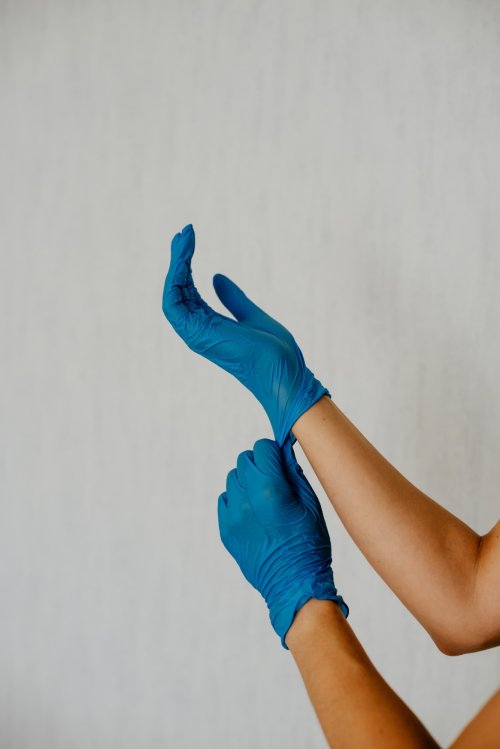
If you have noticed any of the above symptoms, of which the unpleasant smell is the most obvious, it is time to take your dog to the vet. In most cases, anal sac problems are solved by manual expressing and emptying, which removes the unpleasant odour and aids in restoring the function of the dog's anal glands.
Some dogs, especially smaller breeds, those overweight or obese, or older dogs may need to have their anal glands expressed regularly. Veterinarians are the safest option for this task, but sometimes groomers can do it, and if you don't mind the smell, you might opt to learn how to do this procedure at home, too.
However, always keep in mind that manual anal sac expression should be done only and exclusively when they cannot be emptied naturally and when a constantly-present stench has already appeared. Squeezing secretions from the anal glands too often or emptying them in the wrong way may lead to tissue damage, thus making the work of the glands even more difficult.
Expressing anal glands is the most common solution to the problem, but sometimes the veterinarian may suggest removing one or both sacs. This may be a last resort for chronic anal sac issues, this procedure removes the dog's ability to excrete the fluids that would have otherwise been excreted with correctly functioning anal glands. Surgery might also be necessary in cases involving tumour complications or similar conditions.
A Step Further? An Acupressure for Anal Gland Health
Although scientific research is limited in this area, a gripping idea was presented by Vivian Birlie in her book "Dog Reflexology and Acupressure for Owners". The author explains where dogs' reflex areas are located on their paws and describes techniques that can be used to improve different pain points in dogs' bodies. Birlie claims that this approach can improve dogs' health in different areas, including the function of anal gland expression.
Diet for Anal Gland Health
Once the problem is solved, the best next step is to take every action to prevent its return.
Although anal sac disease cannot be prevented in all cases, it is still possible to make some positive changes in our dogs' lives. Weight regulation plays a key role. It has been observed that obese dogs have problems with anal glands more often than dogs of optimal body weight, and there's a higher chance of problem recurrence. To regulate weight and keep the anal glands functioning, the most important thing is nutrition.
Fibre or Bone?
We often read advice about adding more fibre to dogs' diets to avoid problems with anal glands, but this is only partly true.
It is correct that a sufficient amount of fibre will increase the volume of the stool and stimulate the natural emptying of the glands. Fibre works by bulking up and absorbing excess water, which contributes to proper bowel function and forming firm, formed stools—at least in humans. Fibre food comes from different sources. For example, corn and brown rice, soybeans, beet pulp, peanut shells, pectin and cellulose. These are not very common dog foods, are they?
If your dog needs help increasing stool volume, ground bones are the first supplement you should take. If that's not an option, more fibre can be introduced to your dog's diet. The reason is simple: since dogs evolved to eat meat-rich foods, their digestive systems are adapted to use animal matter to create bulky, healthy stools much more successfully than by processing fibre. In fact, fibre absorption in dogs can sometimes cause more damage than help, and your dog might end up with a watery stool.
An Osteopathic Approach to Anal Glands Health
Fortunately, and usually, anal sac problems are relatively easy to treat. But if your dog keeps having this problem repeatedly, try to take a holistic approach to your dog’s health.
Book a session with a Canine fitness trainer to work on your dog's posture, weight and general fitness. Some dogs may have restrictions in their movement, or areas of their body are overcompensating, leading to a reduction in overall health; a canine osteopath might discover there’s tension through your dog’s lumbar-sacral region that needs treatment.
Dysfunction in one part of the body is never isolated and leads to compensation in another. Therefore, the holistic approach to your furry friend's health might help you discover that the cause of their stinky butt was far from the rear end all along.
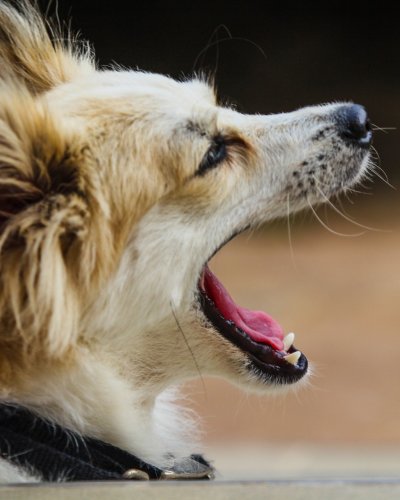
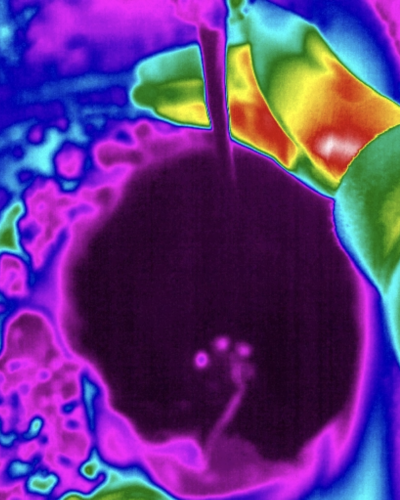
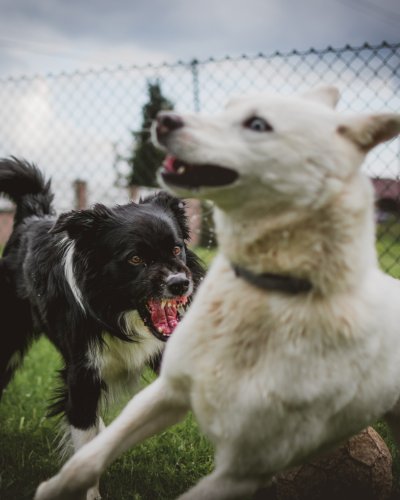

Leave a comment